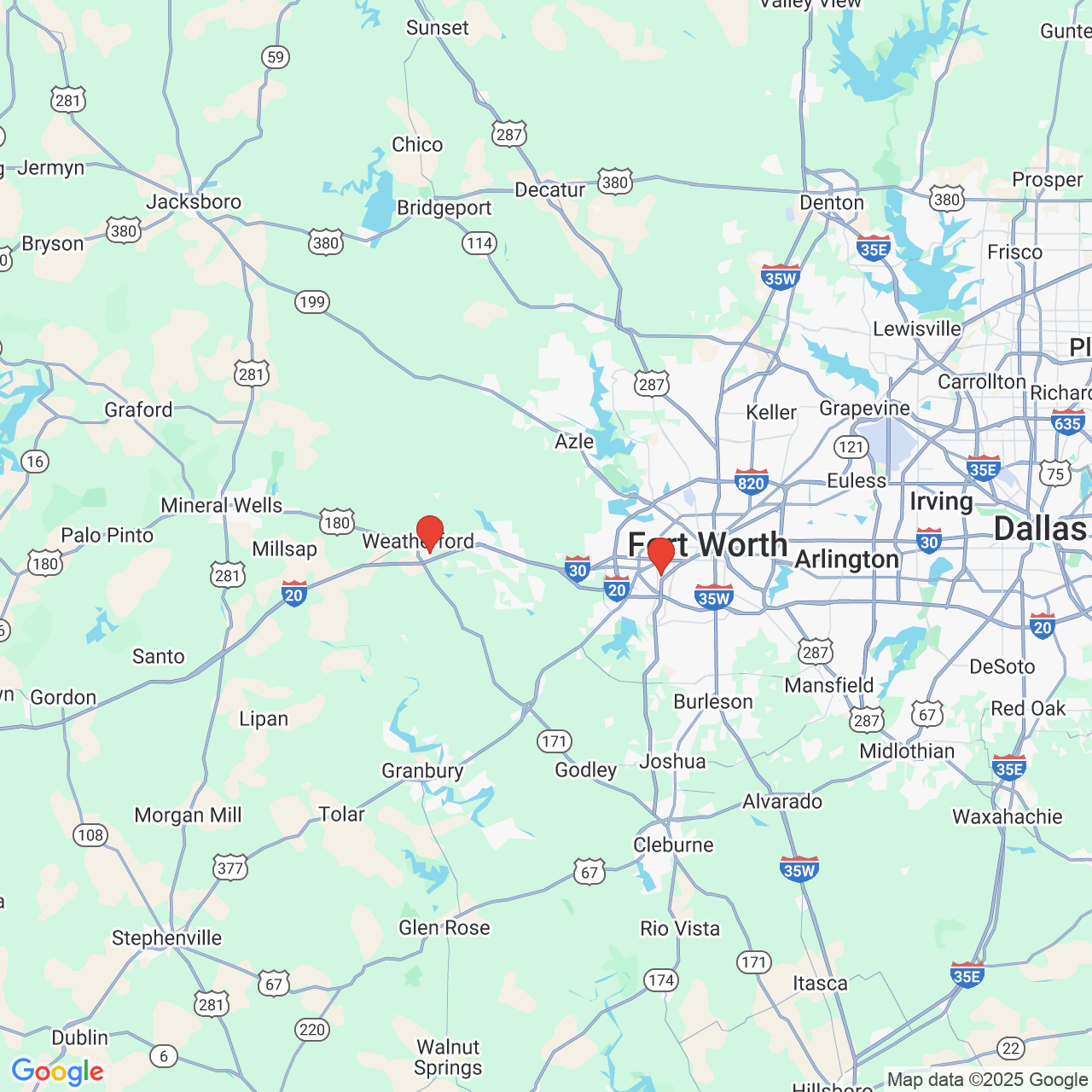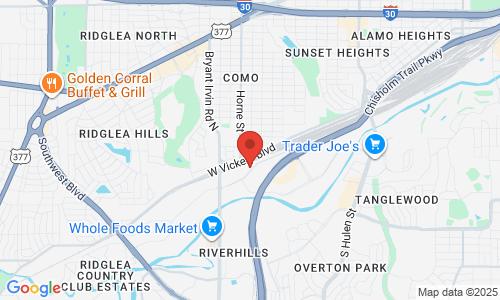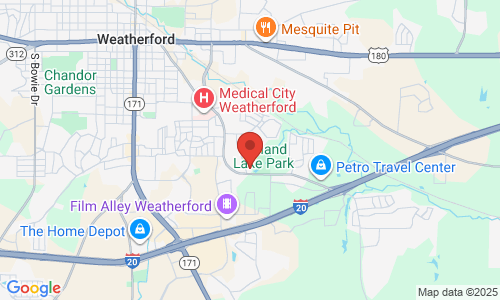Common Shoulder Conditions
Shoulder Anatomy Overview
The shoulder joint is a ball and socket joint, but the overall bony shape is better compared to a golf ball on a tee, as the socket is very shallow. This gives the humerus, or ball, more freedom of range of motion.
This range of motion allows the shoulder to put the hand in space-so we can reach out in front, above, beside and behind. All of this motion is supported by a number of "soft" tissues which support the bones as they move.
These soft tissues include the cartilage surfaces which help the shoulder glide smoothly, the labrum which deepens the socket providing stability, and finally the muscles + tendons which stabilize and control the arm as it moves.

Ball and Socket Joint
Similar to the hip, the shoulder is a ball and socket joint. Unlike the hip, the socket portion of the shoulder is very shallow, which gives the shoulder a much larger range of motion. The socket is both shallow and narrow, and much of the function and stability of the shoulder comes from the muscles and tendons around the joint.
The rotator cuff tendons work to stabilize the round head (ball) into the glenoid (small socket), allowing for larger muscles (deltoid, pectoralis major, latissimus dorsi) to help move the arm in space.
Bones of the shoulder joint include the clavicle (collarbone), scapula (shoulder blade) and the humerus (arm bone). The glenoid process of the scapula forms the socket, while the humeral head (round portion) forms the ball. Another joint in the shoulder is the AC, or acromioclavicular joint, where the acromial process of the scapula forms a joint with the end of the clavicle (collarbone).

Rotator Cuff
During the motion of the arm, the shoulder ball is held firmly to the socket by the rotator cuff. The rotator cuff muscles attach to the ball portion of the joint, the humerus, with tendons. These tendons converge onto the humerus as a strong cuff of tendons, providing "dynamic" stability to the shoulder joint. Keeping the ball centered into the socket allows the larger muscles (the deltoid, pectoralis, biceps and latissimus) to move the arm in space.
Without the "centering function" of the rotator cuff, these large muscles can overpower the shoulder joint causing the ball to no longer articulate, or glide, within the center of the socket. When the rotator cuff no longer provides this centering function, overhead activity becomes difficult and the shoulder can become weak overtime.
Advanced changes after years of rotator cuff dysfunction can even lead to arthritis. Keeping the smaller, dynamic muscles of the rotator cuff healthy and active is the goal of a rotator cuff strengthening program. Rotator cuff dysfunction is a common problem and there are many treatment options available, including exercise programs, therapy, medications and occasionally, surgery. Because of the wide variety of treatment plans, it is important to discuss with your doctor your goals for recovery.

Shoulder Labrum
The socket portion of the ball has a cartilage ring around the edges that helps to form a deeper socket. This rim helps to keep the ball centered in the socket and can be thought of as a "bumper" railing for the edge of the socket.
The biceps has two tendons near the shoulder. One of these tendons inserts inside the shoulder joint and is connected to this labrum ring. At the top of the socket the biceps tendon inserts, know as the "long head of the biceps".
Shoulder injuries, including dislocations, can result in injuries to the labrum. When the labrum no longer provides a stable rim for the socket, you can experience pain and dysfunction in the shoulder.

A Stable Platform
The socket portion of the ball and socket joint-the glenoid-belongs to the scapula bone, or the "shoulder blade". The shoulder blade functions as the platform for the shoulder while it moves in space. This motion only works properly if the shoulder blade can move smoothly on the chest wall. This smooth motion is controlled by another set of large muscles, known as the "scapular stabilizers". These stabilizers are especially important for overhead activity. Imagine all the coordination of throwing a baseball overhead: every time you move your arm overhead, these muscles all coordinate to move the shoulder blade in "rhythm" with the humerus.
When these muscles are not activated properly, the result can be instability, pain and even inability to raise the arm overhead. This can range from a slight asymmetry from one shoulder to the other, to more involved problems like "scapular winging" where the shoulder blade protrudes severely from the body. Understanding any problems with the scapulohumeral rhythm can help you and your doctor form the right plan for treatment.

Shoulder Arthritis
The shoulder is a "synovial" joint, which means the joint is enclosed in a capsule layer, and the body forms a lubrication fluid for the joint, called "synovial fluid". This synovial fluid helps keep the joint healthy and the cartilage surfaces smooth. Arthritis is a joint disease where this process is disrupted. The joint surfaces are no longer smooth, and the joint reacts with inflammation, which can begin a vicious cycle of pain and stiffness.
Many times the inflammation can be treated with medications, and this should be considered as an early treatment plan when discussing with your doctor. Both oral medications and in some cases injected medications can be used effectively to treat the inflammation associated with shoulder arthritis.
One unique situation with the shoulder is the consideration of the rotator cuff. An unhealthy rotator cuff can also be associated with arthritis of the shoulder, or in some cases can contribute to arthritis of the shoulder. This is often referred to as "Cuff Tear Arthropathy". Whenever rotator cuff problems are coupled with shoulder arthritis, this can amplify the dysfunction of the shoulder. Again, many times this can be treated with medications or therapy before considering any surgical procedures.






